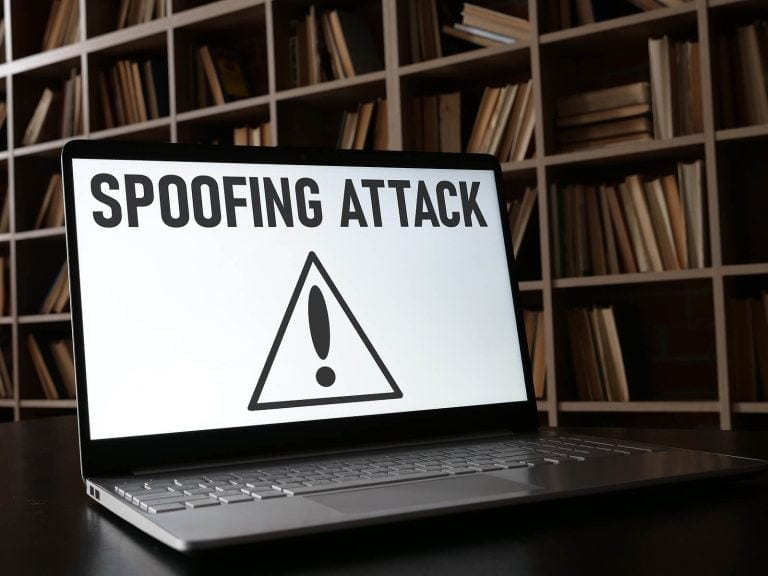Table of Contents
ToggleWhen you’re sending emails out en masse, it’s important to keep a good reputation. Having your emails bounce, get caught in spam filters, or simply will damage your email and brand reputation overall. Email validation is how you prevent delivery problems, keeping your subscription lists clean, tidy, and free of any addresses that might jeopardize this. You might think that IP address tracking can help here, but there are ways around it that mean you have to go straight to the source.
Why You Need Email Validation
The internet these days is full of misinformation. Some people take the stance that the more emails you send, the better your reach. While that might be true if ISPs accepted all emails from anyone, the rise of spam and malware led to the creation of filters and ways of measuring a sender’s credibility. Failing these checks means emails will go straight into the spam box, which isn’t what you want.
One thing that hurts your credibility is non-interaction. Basically, if your email gets ignored or sent to a non-existent email address, your rating goes down because spammers commonly use this tactic. By making sure that all the addresses on your mailing list are not only authentic but will engage with you, even if it’s just opening the email, you’ll keep your reputation clean of suspicion in the eyes of ISPs.
The Two Types Of Email Validation
You can perform email validation in two ways: in real-time and after the fact in batches. You’ve probably come across real-time email validation when signing up to a newsletter when it asks you to click a link in an email they send you to complete your signup. Sure, real-time tests are a little irritating to your audience, but they work.
Bulk email validation takes advantage of a service provider, someone whose job it is to screen emails and keep tabs on which accounts are active and which aren’t. This type of email validation helps keep track of your subscription lists over time since an email address can theoretically change from active to inactive. Batch email validation can also catch spam traps, bots designed to flag anyone who sends them as spam, which is the opposite of what you want.
The Process
Email validation steps are quick and straightforward, with each being a simple task that you’re best off leaving to a computer. Here’s what you do when you validate an email:
- Check syntax
Bot and spam email addresses often have incorrect or misleading syntax. For instance, any valid email address will have a username, @ symbol, then a domain afterward. If the address is in a different format, it’s likely to be bad.
There’s also the factor of length – regular email addresses cannot have a username over 64 characters long, so anything longer is another one to strike off your list.
- Check domain(s).
Domains can be faked or expire, so checking that the domain is still active is crucial when you’re avoiding spam traps. It’s quick and easy to check if a domain is still active, so don’t miss this step.
- Check MX records.
MX stands for mail exchange. Essentially, you want to make sure that the email address in question is still receiving emails, and to do this, it has to go through an MX server.
- Check SMTP.
Simple Mail Transfer Protocol is how emails are sent from one address to another. The MX check should reveal if these are operational or not, and by using a validation program, you can “ping” an email address to see if it’s still connected to the SMTP server.
- Check for common errors.
Sometimes people make honest mistakes. After all, despite what you may have been warned about on the internet, not everyone on it is out to get you. Mistyping Google as Goggle or similar, adding extra dots, or misremembering the domain extension (.com instead of .net, for example) are all things that can go wrong. By checking for these errors, you can turn a wrong email address into an active one, which is a considerable boost.
- Check for bot addresses.
Bots aren’t very good at coming up with acceptable human pseudonyms. Many organizations use what’s called a “gibberish filter” to screen out any email addresses that seem to be made of random letters, those that seem as if a cat walked over the keyboard.
- Check for an accept-all policy.
When verifying an SMTP server, you can see if it has what’s termed an “accept-all” policy. Essentially, it will still read the email as having been accepted even if the mailbox in question doesn’t exist, which is bad news for validators since it messes with the “ping” function described in the earlier SMTP step.
- Check for undesirable domains.
Sometimes domain names are just not nice. Whether it’s a domain where people expressly set up temporary email accounts or forwarding services, or if their email addresses are single-use only, there are plenty of ways to get inactive accounts on your list. Consult against these known entities, and remove them from your databases as quickly as possible.
Even worse are those domain names that are specifically used as spam traps. Validation providers will be able to flag certain domains as spam traps or other similarly toxic domains, and these should be removed from your lists with the highest priority. Having an email bounce is one thing. Having it be marked as spam is a massive hit to your credibility and can snowball to disrupt your entire email campaign if you’re not careful.
Email validation isn’t the end of keeping your lists clean. There’s also email verification, which gives you more in-depth information about the addresses you’re investigating. For instance, whether one is connected to an individual as a personal address or to a company as a work email, either may be preferable depending on your target audience. There’s also email hygiene, or clearing out those who are genuine and functional email addresses connected to a real person, don’t interact with you, and therefore can hurt your ratings. Email validation is the first step, so be sure to implement it whenever you begin a new email campaign!





